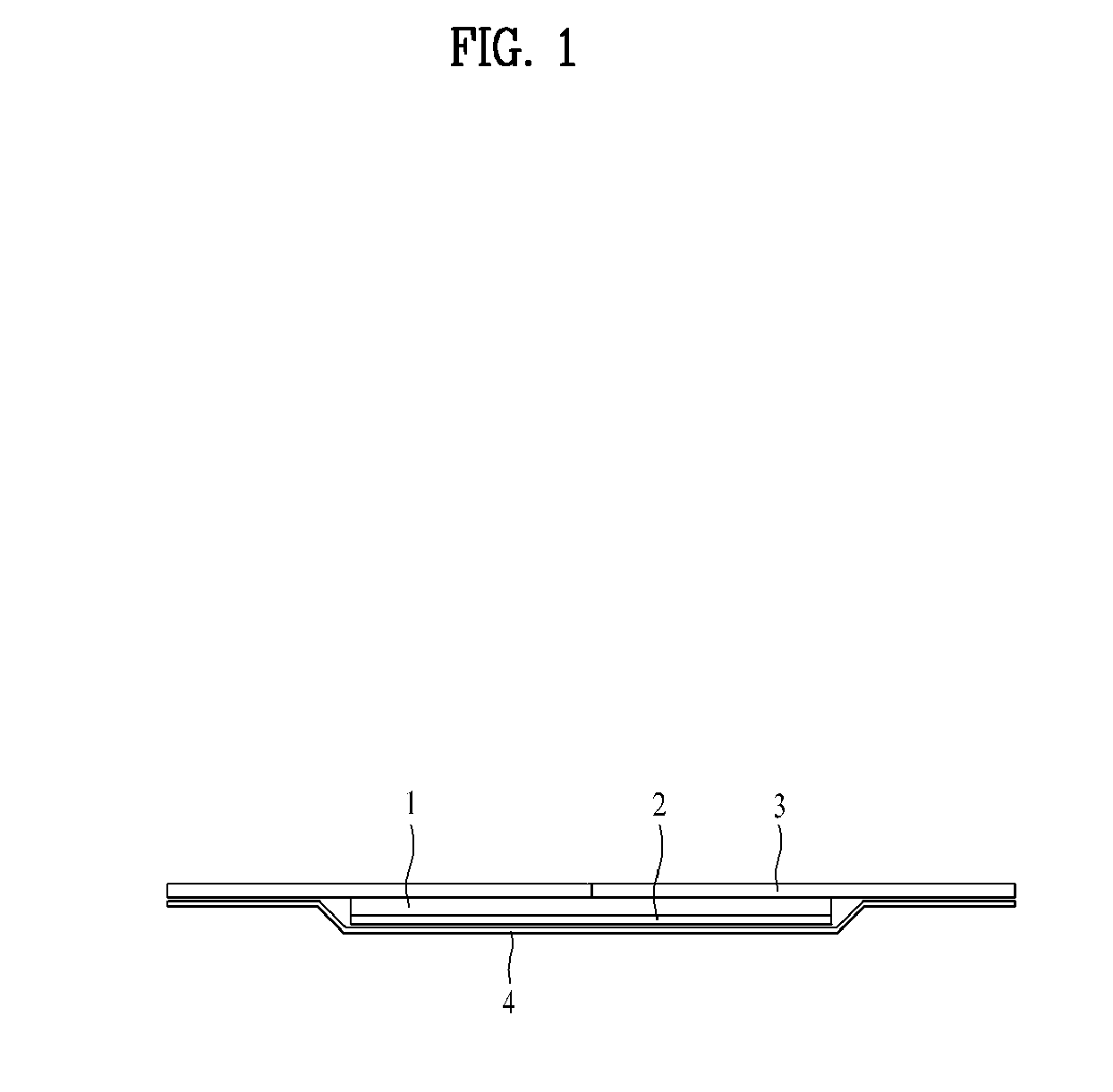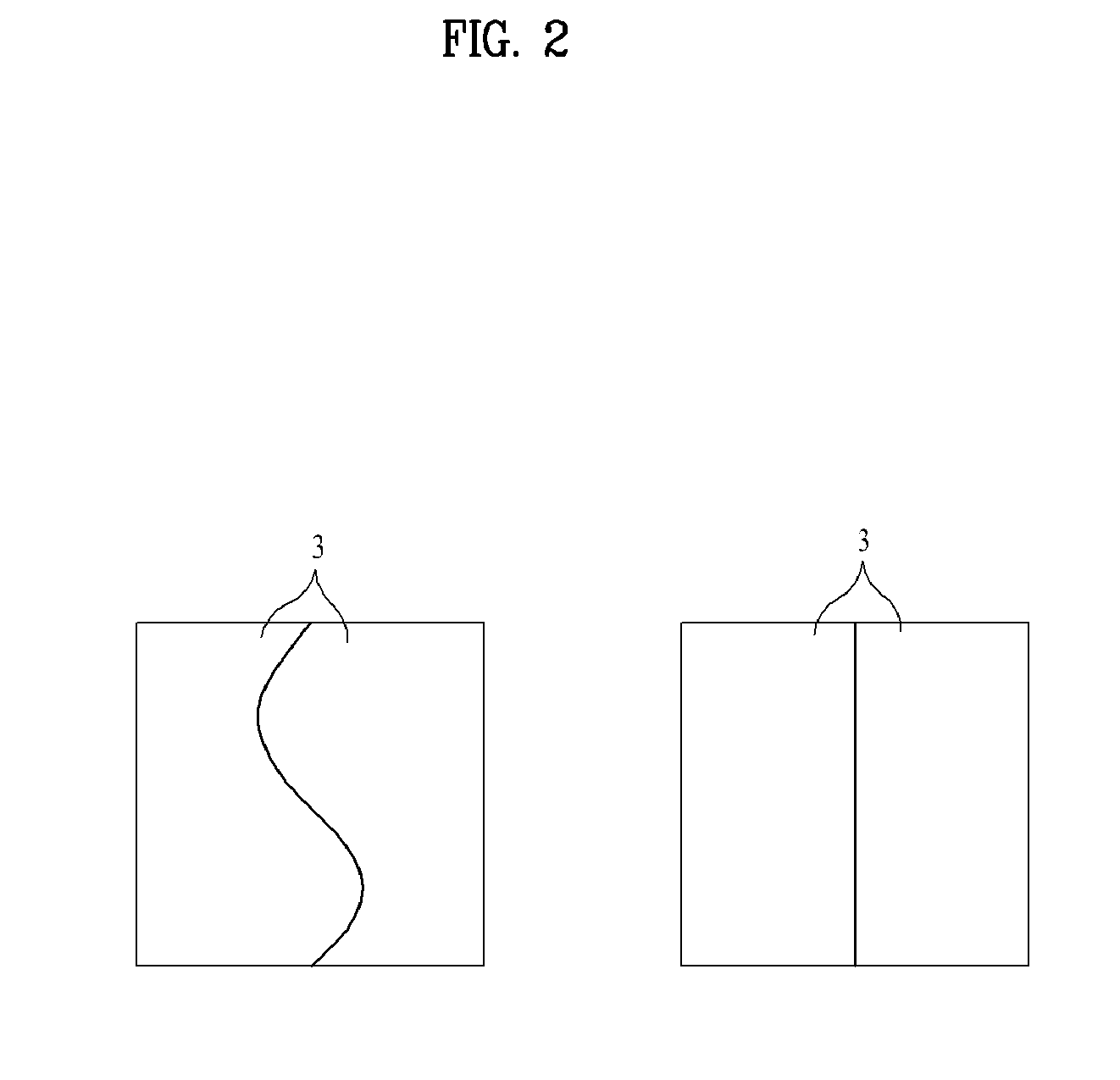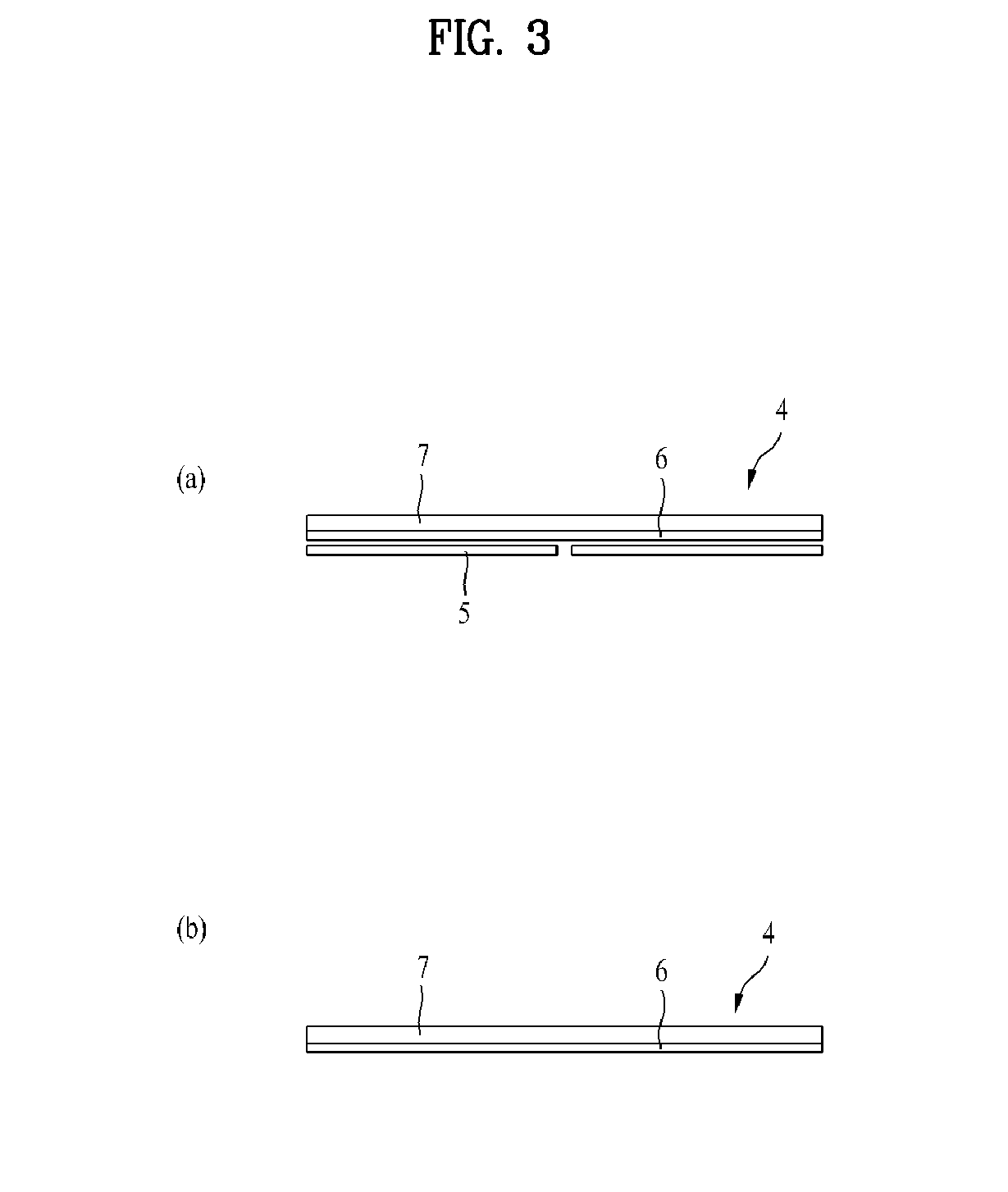Transepidermal drug delivery system containing tulobuterol
a technology of tulobuterol and transepidermal absorption accelerator, which is applied in the direction of drug compositions, biocide, bandages, etc., can solve the problems of inability to achieve the desired drug release rate without any transepidermal absorption accelerator, superior human safety, and skin irritation of the transepidermal absorption accelerator, etc., to achieve superior drug efficacy maintenance, high transepidermal absorbance, and high adhesiveness
- Summary
- Abstract
- Description
- Claims
- Application Information
AI Technical Summary
Benefits of technology
Problems solved by technology
Method used
Image
Examples
example 1
[0041]4.00 wt % of tulobuterol, 30.28 wt % of a natural rubber, 64.46 wt % of hydrogenated rosin glycerin ester and 1.26 wt % of triethanolamine (in which wt % is based on dry weight) were dissolved in a solution of toluene and heptane (7:3, wt / wt). The resulting solution was applied to the surface of a silicon resin-coated semi-transparent polyethylene terephthalate release film with a thickness of 75 μm and dried to prepare a drug layer with a thickness of 50 μm. The drug layer was transcribed to a semi-transparent polyethylene terephthalate film supporter with a thickness of 20 μm, and aged in a thermohydrostat (40±2° C., 75±5%) for 3 days. The drug layer-transcribed supporter was cut to a size of 10 cm2 using a mold packer. The cut supporter was laminated to an adhesive-coated fixer and the resulting laminate was cut to a predetermined size.
experimental example
[0043]In order to evaluate quality of the transepidermal drug delivery systems prepared in Examples 1 and 6 and Comparative Examples 1 to 5 and commercially available Hokunalin patch (H), adhesion force, skin irritation, comparative dissolution profile tests and transepidermal permeation test were performed. In particular, samples used for tensile strength tests of the adhesion force tests, comparative dissolution profile tests and transepidermal permeation tests were not laminated to a fixer in order to compare qualities in the form similar to the commercially available H.
experimental example 1
Adhesion Force Test
[0044]The adhesion force test was carried out by patching the samples of Examples 1 to 6, Comparative Examples 1 to 5 and H onto 20 subjects' backs and evaluating adhesion force after 24 hours in accordance with the measurement scales as set forth in Table 2. In addition, the adhesion force of drug layers of Example 1 and H were compared using a tensile strength tester. The tensile strength test was performed as follows. A sample was cut to a width of 12 mm and then adhered to a phenol resin test plate (width: 25 mm, length: 125 mm, thickness: 5 mm) stood in a thermostat at 37° C. for 30 minutes such that each edge of the sample contacts the edge of the test plate. A rubber roller (850 g) was passed on the sample at a rate of 300 mm / min twice and the sample-adhered test plate was stood in a thermostat at 37° C. for 30 minutes.
[0045]The edge of the sample adhered to the test plate was bent back to an angle of 180 degrees, was fixed on an upper part of the tensile s...
PUM
| Property | Measurement | Unit |
|---|---|---|
| Percent by mass | aaaaa | aaaaa |
| Percent by mass | aaaaa | aaaaa |
| Thickness | aaaaa | aaaaa |
Abstract
Description
Claims
Application Information
 Login to View More
Login to View More - R&D
- Intellectual Property
- Life Sciences
- Materials
- Tech Scout
- Unparalleled Data Quality
- Higher Quality Content
- 60% Fewer Hallucinations
Browse by: Latest US Patents, China's latest patents, Technical Efficacy Thesaurus, Application Domain, Technology Topic, Popular Technical Reports.
© 2025 PatSnap. All rights reserved.Legal|Privacy policy|Modern Slavery Act Transparency Statement|Sitemap|About US| Contact US: help@patsnap.com



